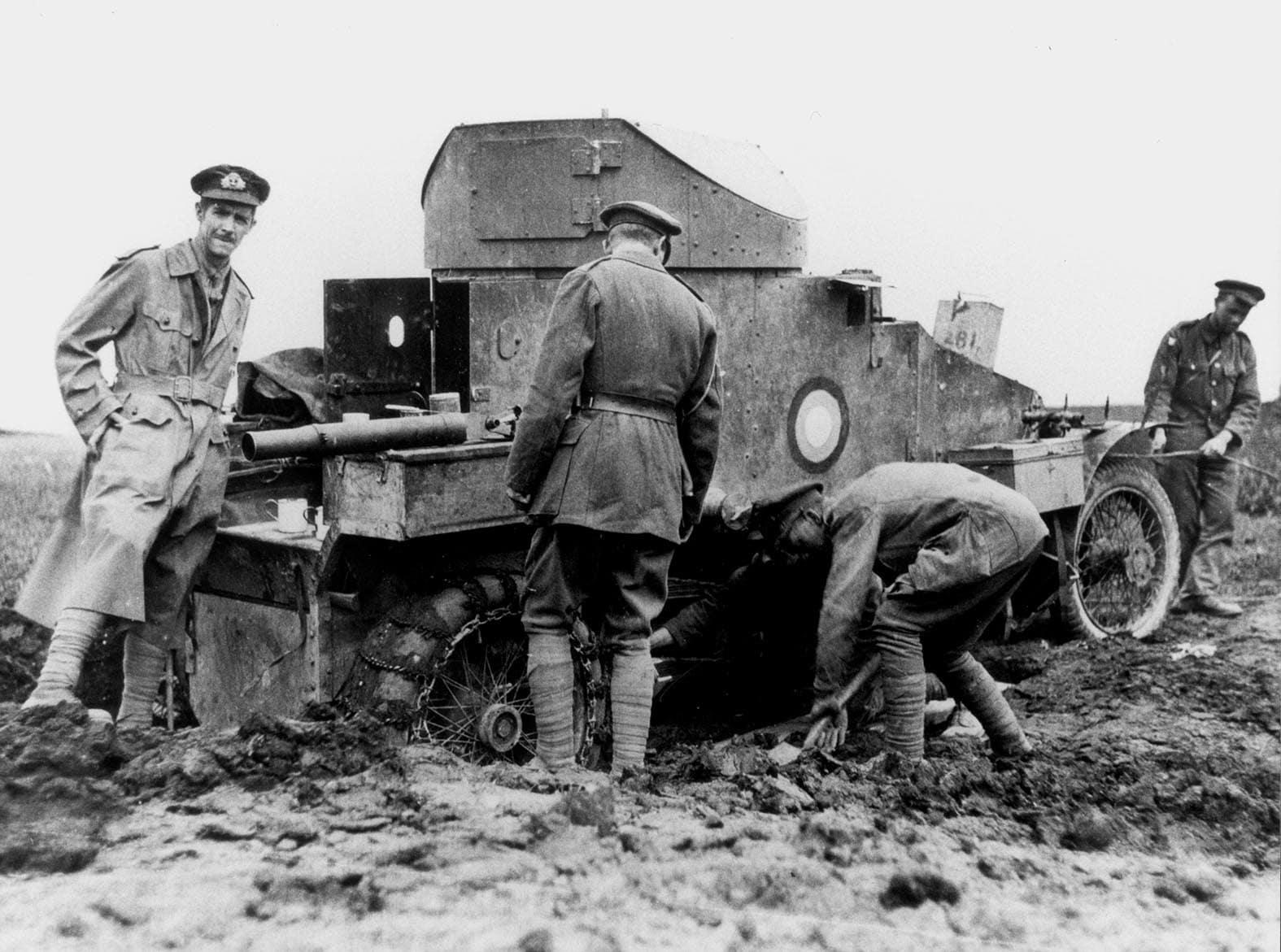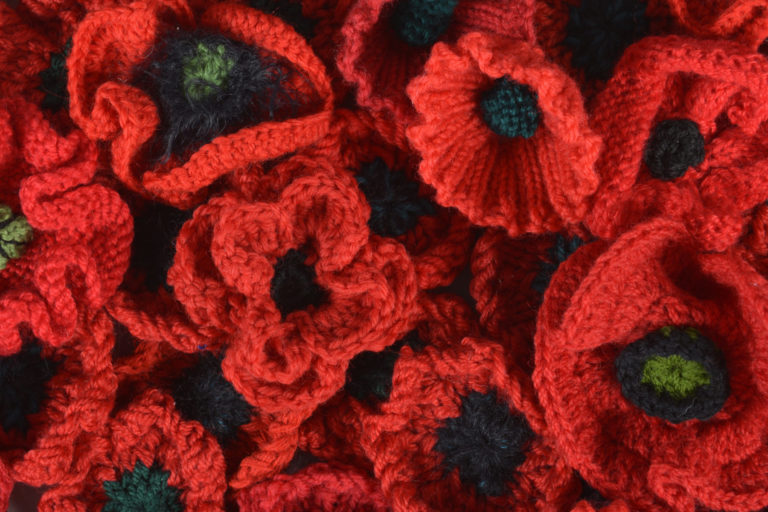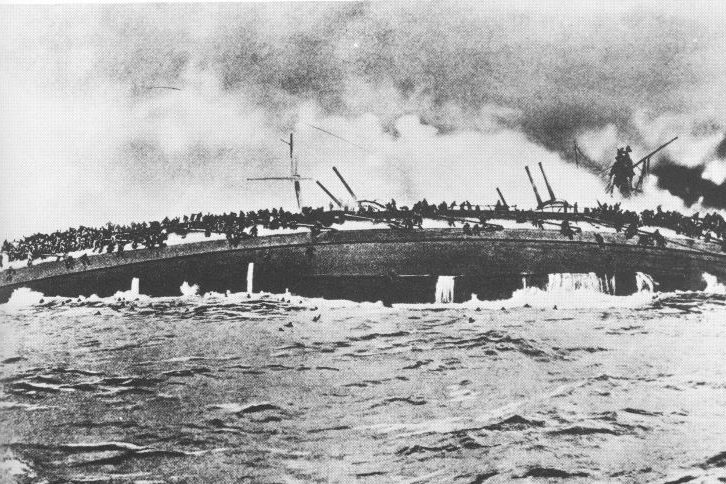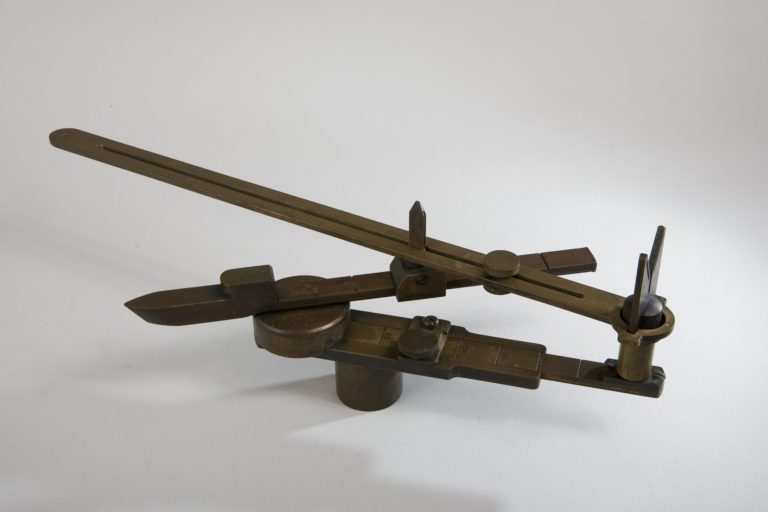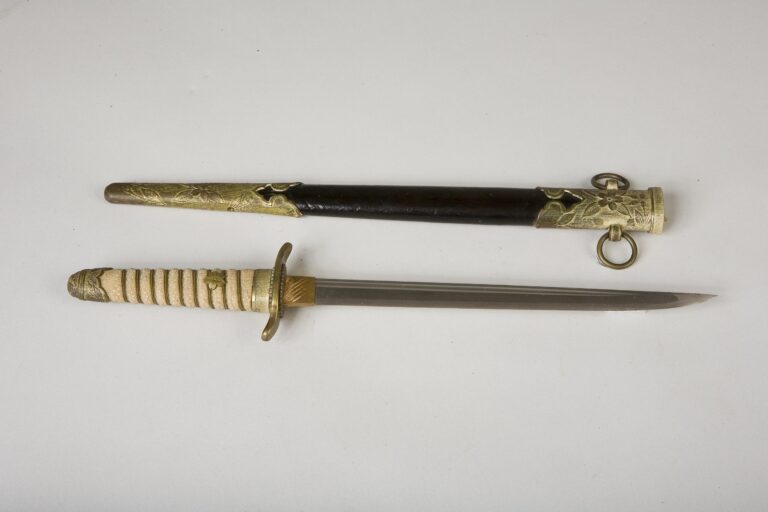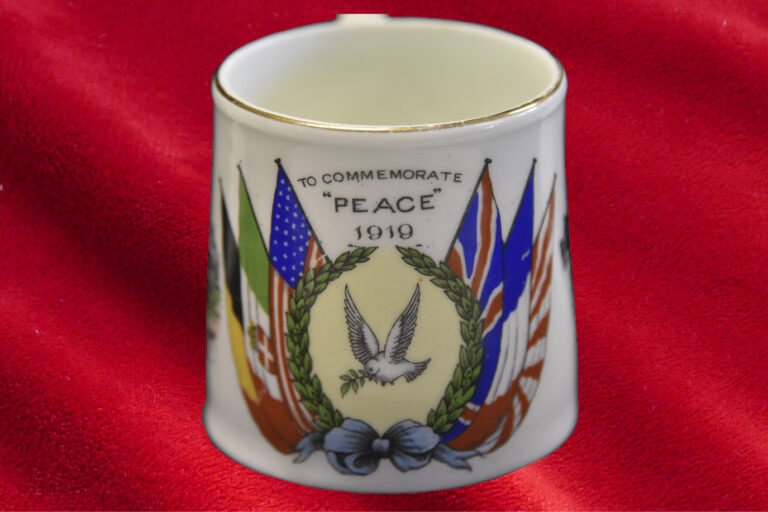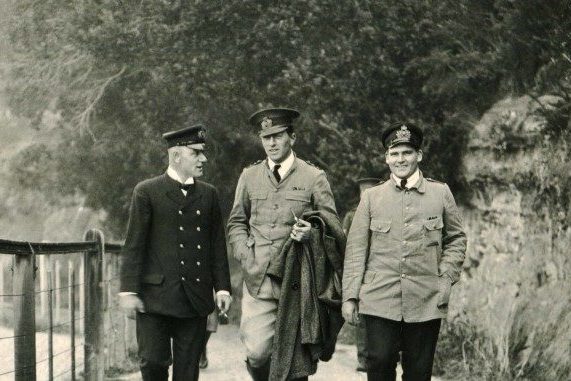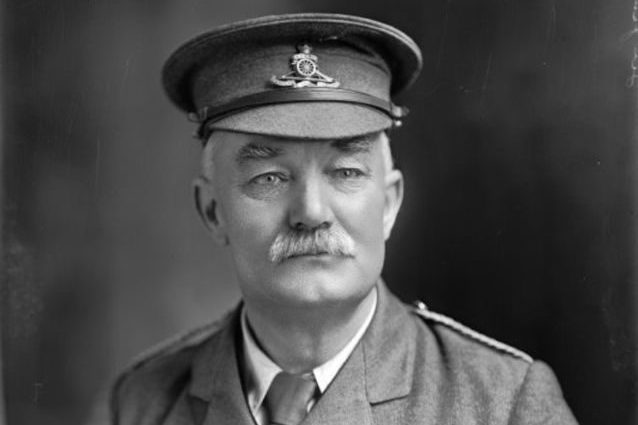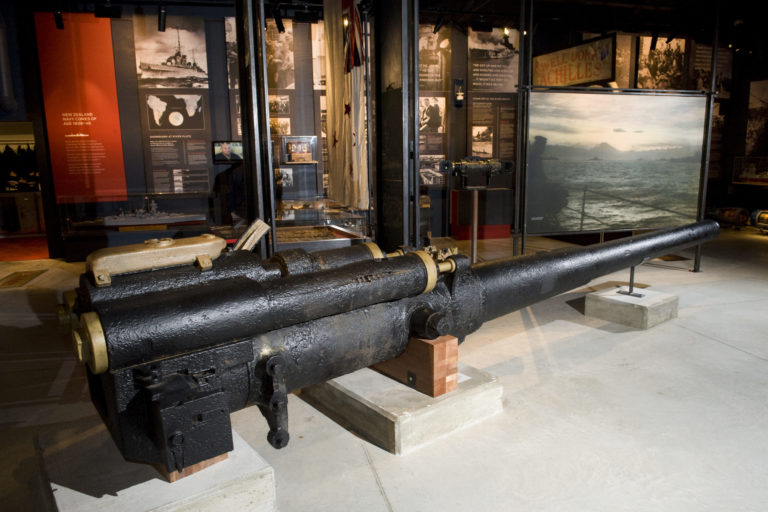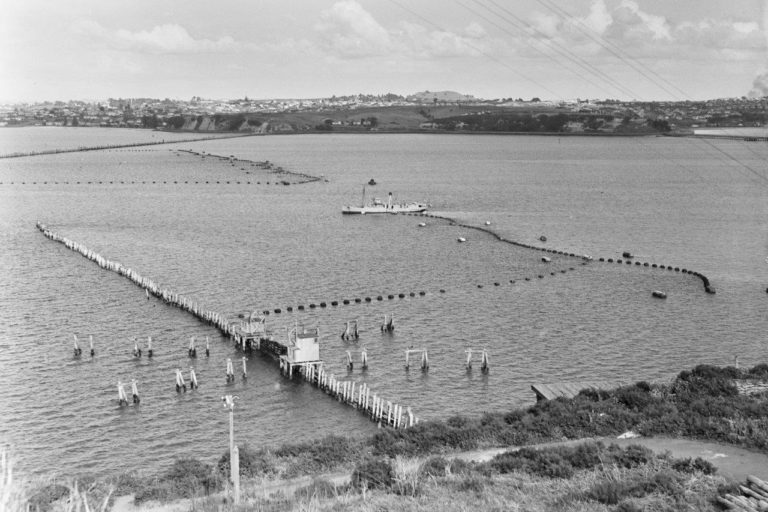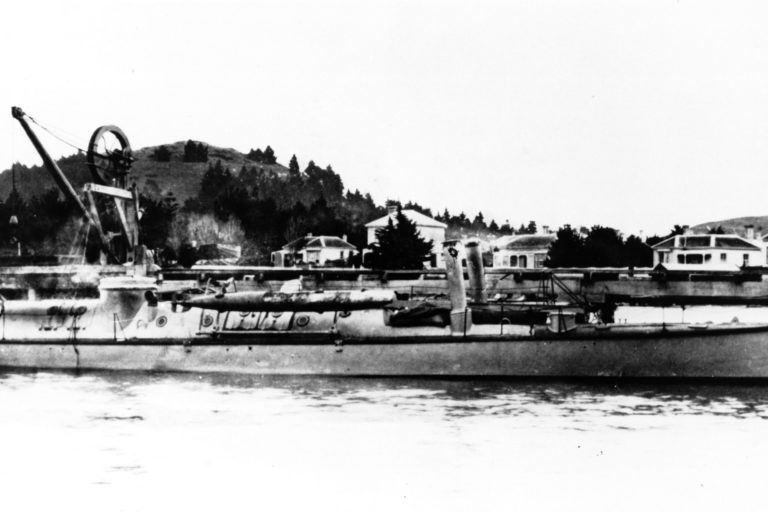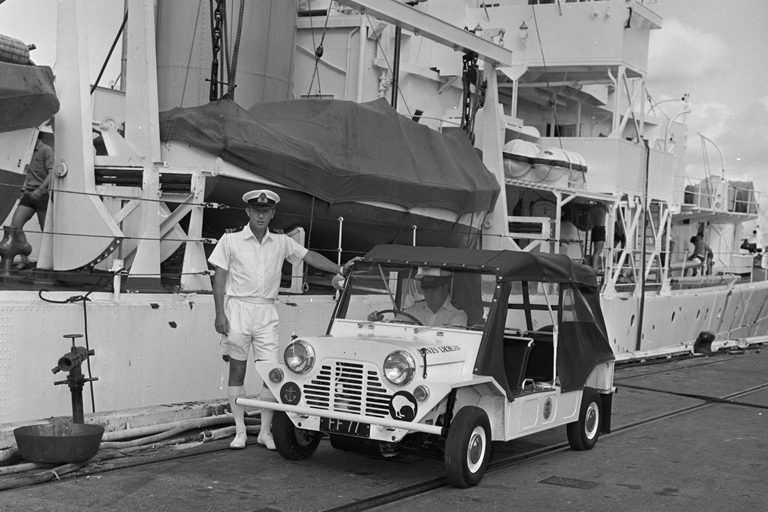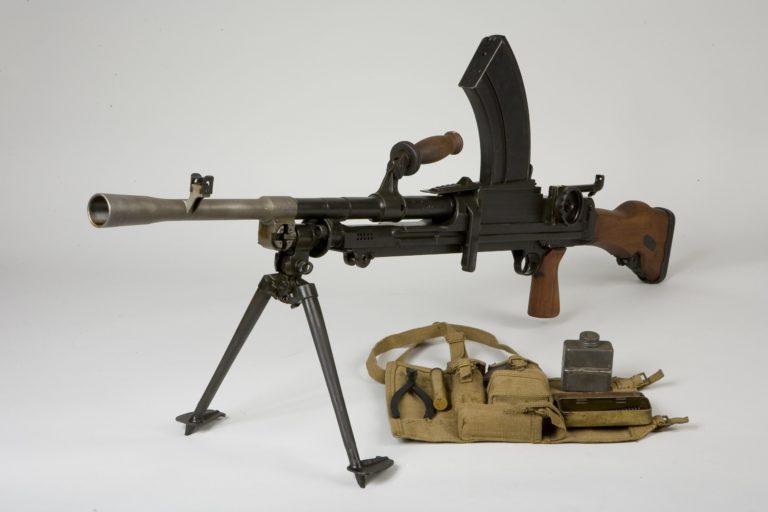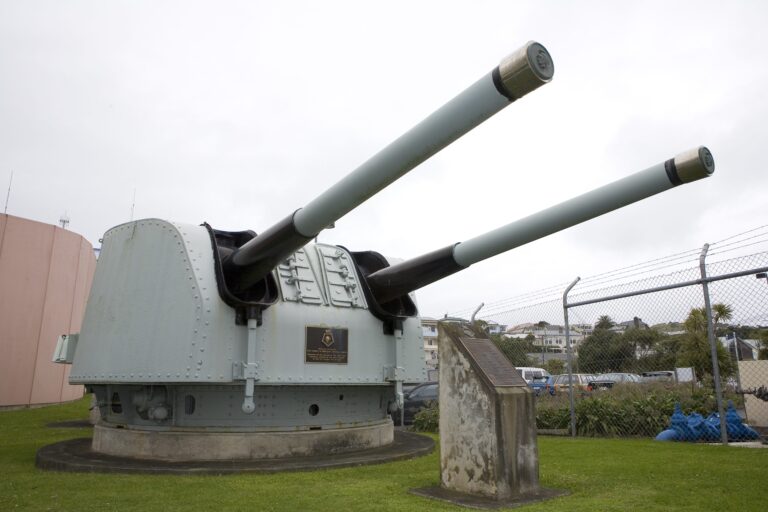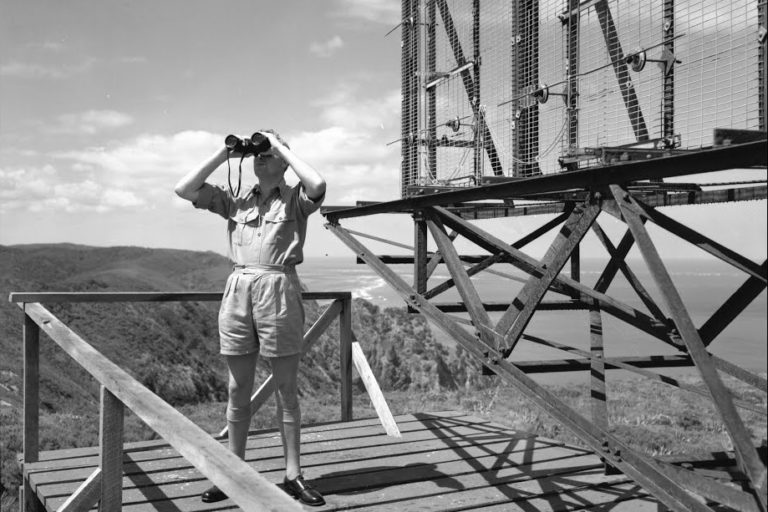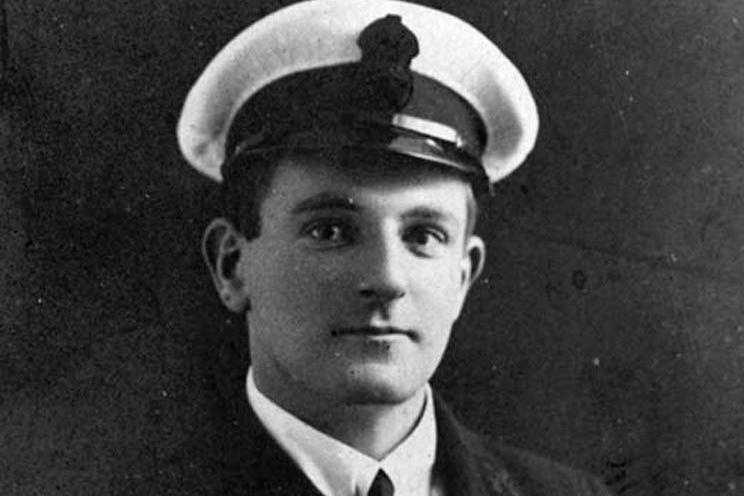In order to further its reconnaissance role and to rescue downed pilots the Royal Naval Air Service (RNAS) developed armoured cars as early as September 1914.
While this was not the first use of such vehicles, they were quickly absorbed as a function of the RNAS.
Commander C.R. Samson was the instigator of this initiative which was so successful that on 3 September 1914, the First Lord of the Admiralty, Winston Churchill ordered the formation of an additional wing of the RNAS to be known as the Royal Naval Armoured Car Division.
The vehicles, Rolls Royce and Lanchester’s being the most suitable were acquired from around the country and fitted with armour and weapons.
Fitting out consisted of stripping the vehicles of their coachwork, strengthening the rear axles, fitting an armoured body and installing an armoured turret for the machine gun.
In anticipation of the appearance of German armoured cars, a ‘Heavy’ armoured car was developed based on a truck chassis, fitted with a three pounder gun.
Later a special design for naval armoured cars was developed on a Model T Ford chassis by Chief Petty Officer L. Gutteridge.
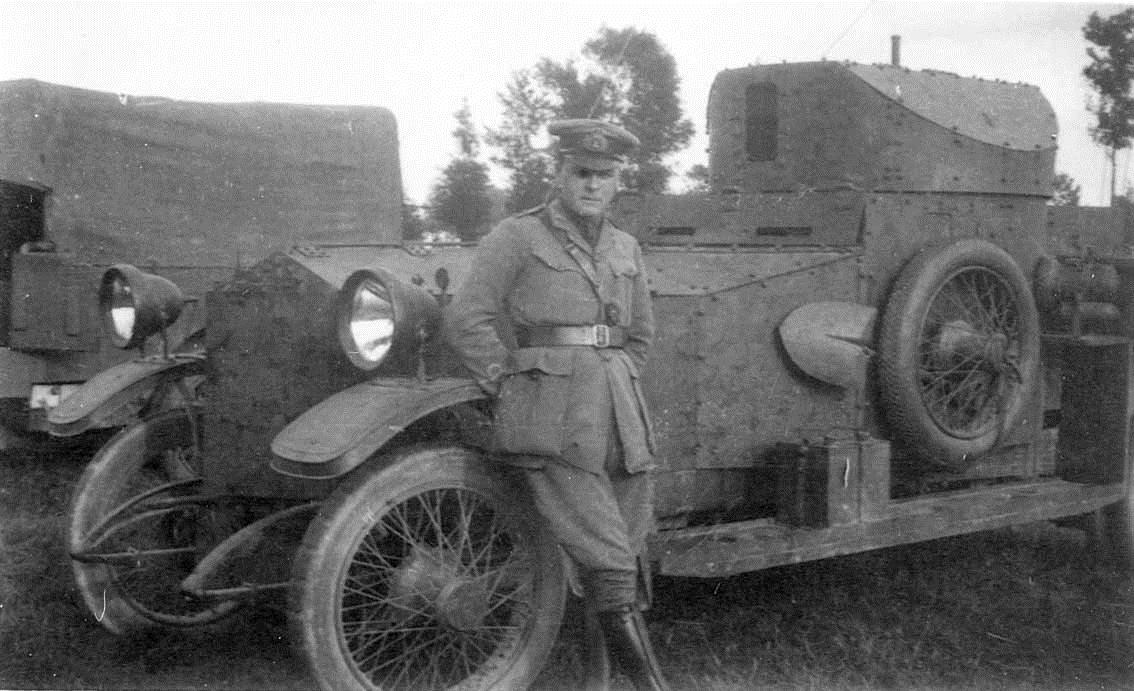
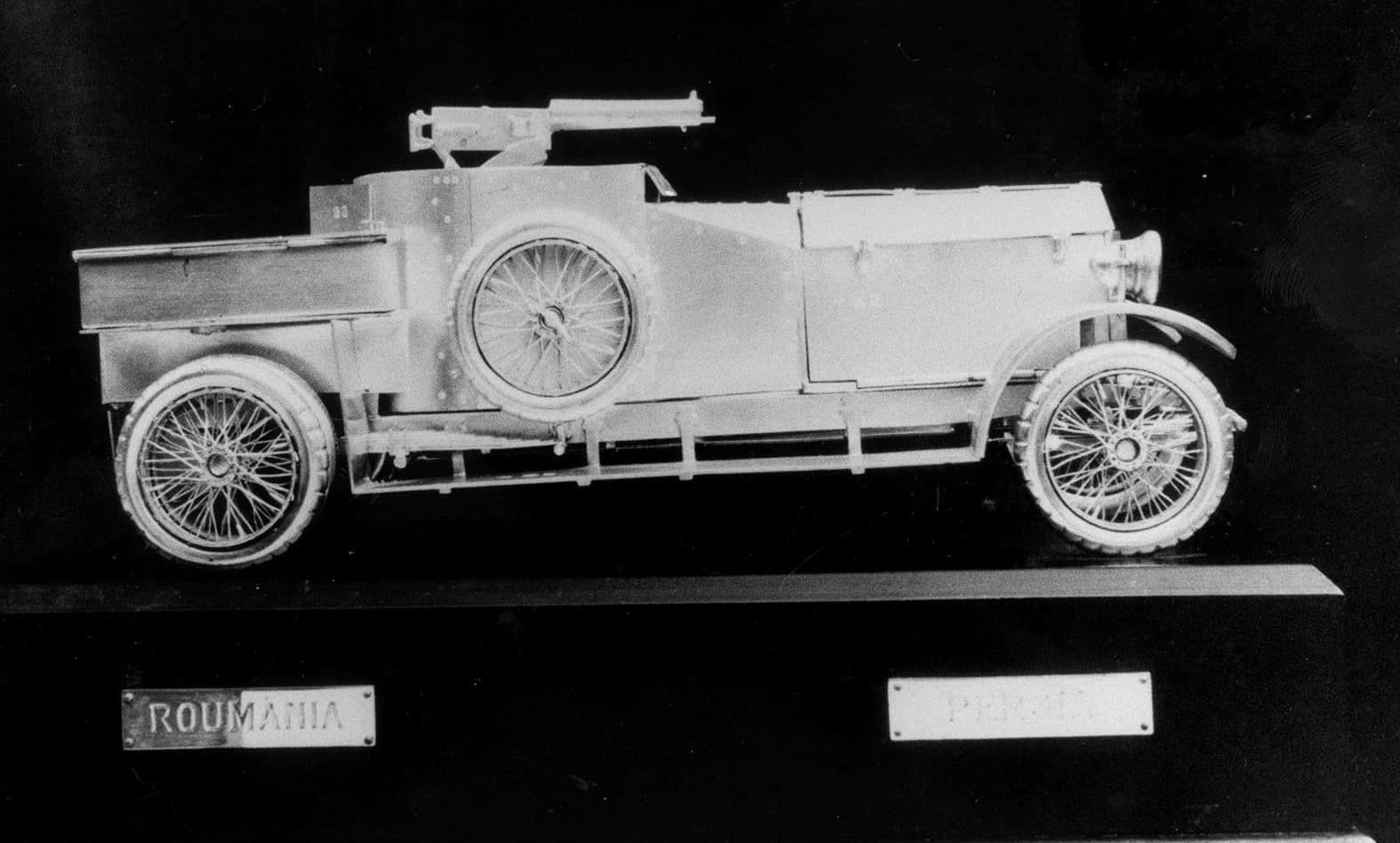
Material support for the squadrons, each of which consisted of three sections of four cars and a Heavy section was provided by; lorries which carried fuel, ammunition, spare parts and food; a mobile workshop; a motor ambulance and a wireless vehicle.
Obtaining sufficient personnel posed some problems as in 1914, motoring was still relatively new.
Only the well-off could afford cars, few men could drive and even fewer could maintain them.
For the relatively small numbers of men in these categories the Navy was in competition with the Army, which needed men with the same skills for its Service Corps.
While drivers could be trained easily, skilled mechanics could not, and so suitably qualified men were recruited, being given the minimum rank of Petty Officer Mechanic, at appropriate level of pay.
Men from all around the empire, including a number of New Zealanders, joined this new branch of the Navy.
Among the New Zealanders were Sam Hanna, a law student from Auckland and later a friend of his Jack Macky and also Basil Woods, a commercial traveller from Auckland, who had been invalided from Gallipoli, when serving with the Auckland Mounted Rifles.
At first clothing was the normal navy blue uniform of the Royal Navy, but this was found impractical in the field and a change to Army Khaki was made.
Naval rank insignia was worn, in addition to which the officers wore Army rank insignia on their epaulettes.
The original cap badge consisted of a Rolls Royce armoured car on an oval plate surmounted by a crown. Collar badges were miniature Rolls Royce armoured cars. By mid-1915 the officers wore RNVR cap badges.
Operationally the armoured cars were seen as a replacement for cavalry, their main function being reconnaissance, but also as tactical units in their own right.
With the relatively high cost of forming armoured car squadrons, the Admiralty had no difficulty in accepting officers from wealthy individuals who offered to pay for them.
Two such men were the Duke of Westminster and Oliver Stillingfleet Locker Lampson. Locker Lampson was commissioned as a Lieutenant Commander and his Squadron designated Number 15 Squadron.
Operationally the armoured cars were seen as a replacement for cavalry, their main function being reconnaissance, but also as tactical units in their own right.
In the latter part of 1914, the few RNAS armoured cars were employed with the Royal Naval Division in conjunction with the aircraft squadrons.
With the loss of Antwerp the cars were withdrawn to England and reorganised.
During the winter of 1914-15, they were deployed to East Anglia as part of the anti-invasion force before returning to France in March.
Shortly afterwards one Squadron was sent to South West Africa and two Squadrons to Gallipoli.
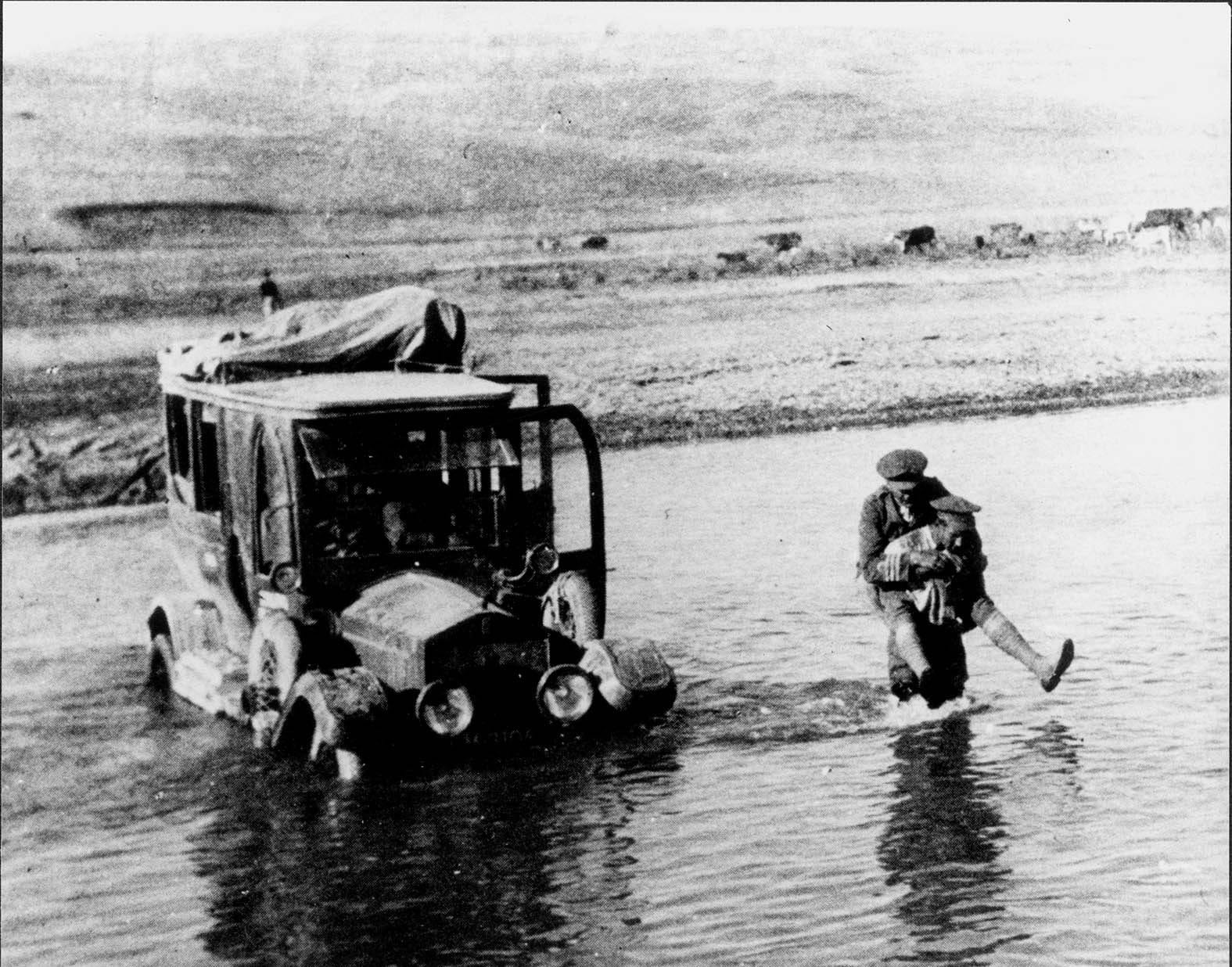
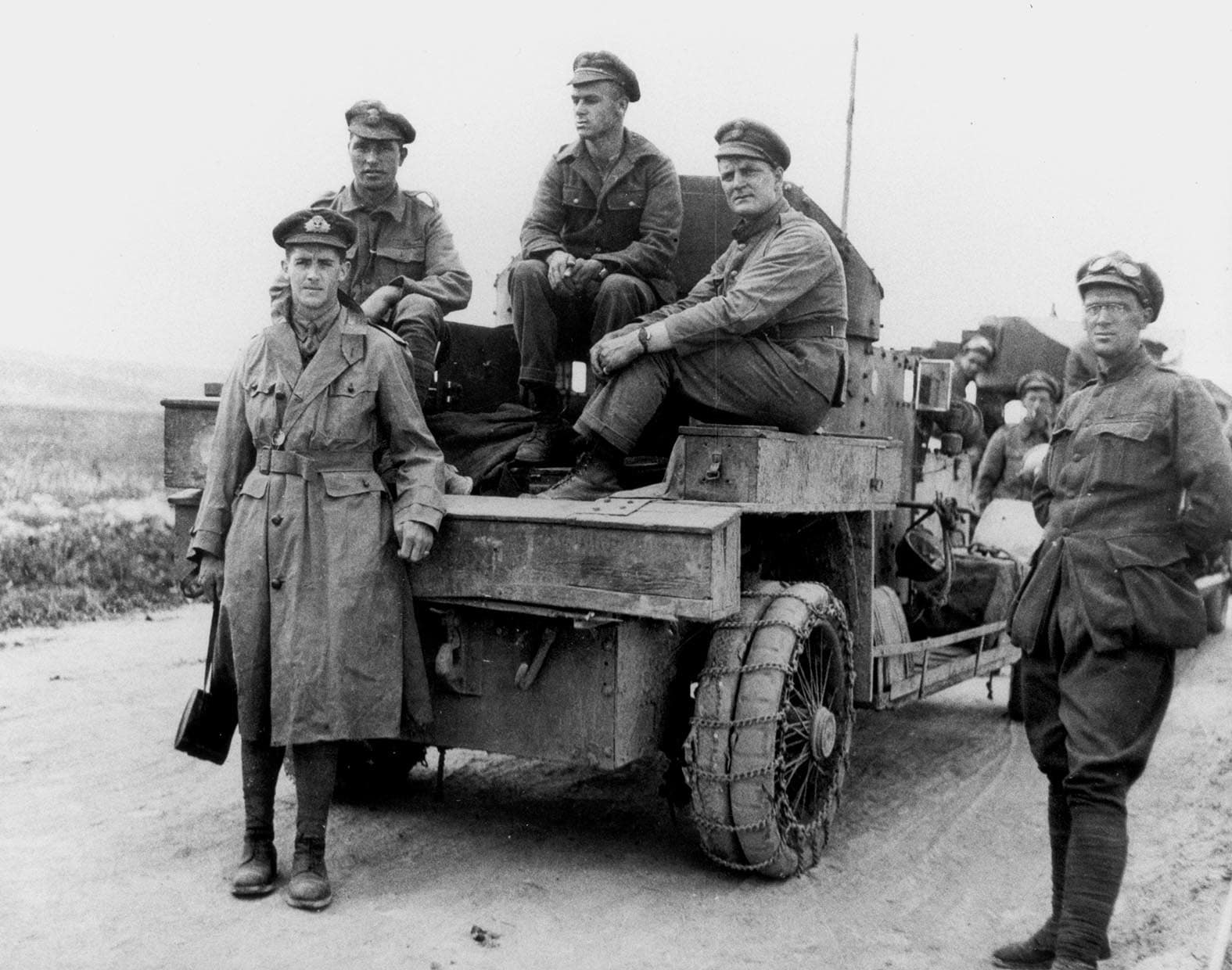
The increasingly static nature of trench warfare greatly inhibited their use in France.
Coupled with this was a review by the Admiralty as to why it was so involved in what was patently a military (as opposed to naval) function.
As a result, in mid-1915 most of the Squadrons were transferred to the Army. Number 20 Squadron was retained and was eventually instrumental in the development of tanks, while 15 Squadron again deployed to France remaining in the Dunkirk area until November.
The vehicles, Rolls Royce and Lanchester’s being the most suitable were acquired from around the country and fitted with armour and weapons.
For reasons which are obscure, the Admiralty agreed to second a squadron of armoured cars to Russia.
As a single squadron it was not a viable unit so it was decided to send a complete division of three squadrons, created around the nucleus of 15 Squadron and the detachment of 17 Squadron heavies which was then serving with it.
The unit’s active service strength was 32 officers and 372 men plus 21 officers and 83 men at base in England. Additional personnel to complete the complement came from volunteers from the disbanded squadrons.
This was a new unit, which unlike its predecessors, was not a wing of the RNAS.
Its formal designation was British Armoured Car Division RNVR. This unit saw hard fighting in Russia before being withdrawn following the Bolshevik revolution and the personnel were subsequently transferred to the Army Motor Machine Gun Corps.


